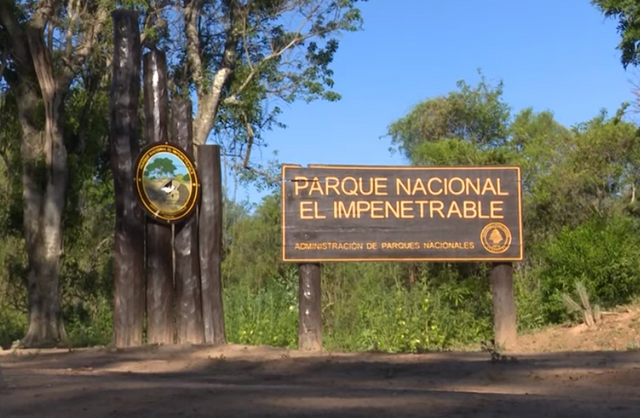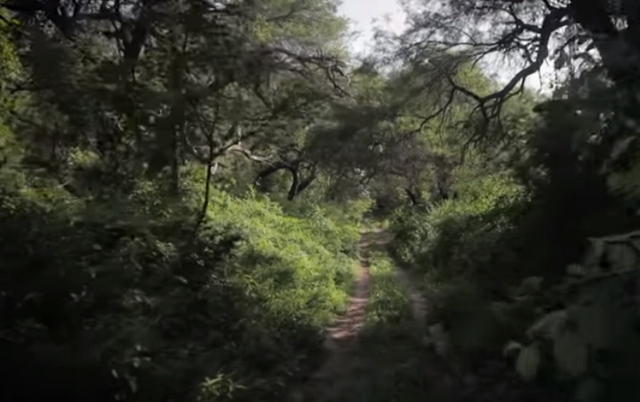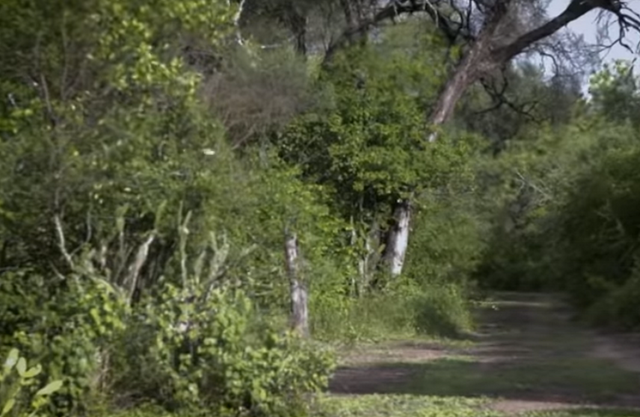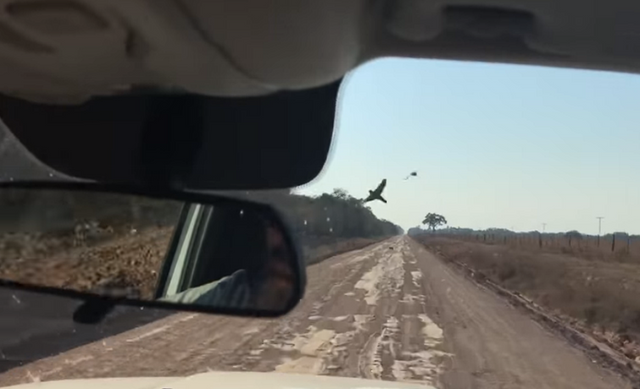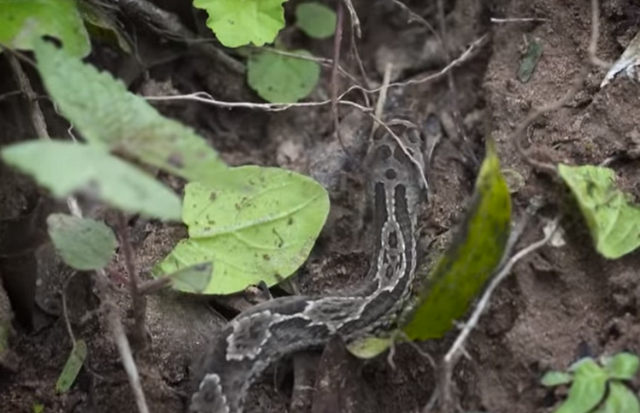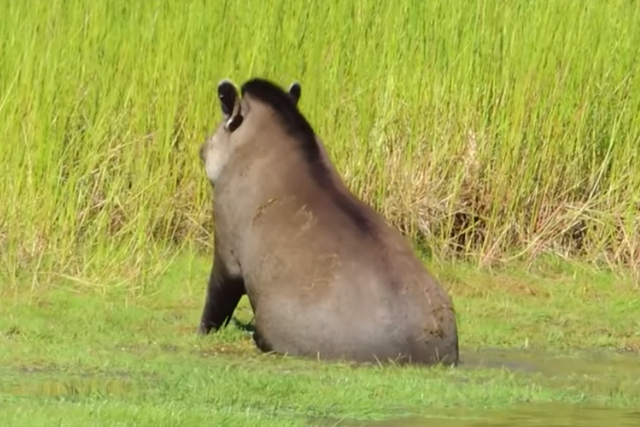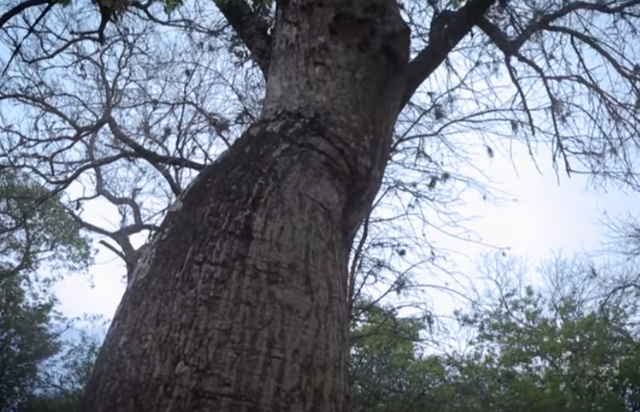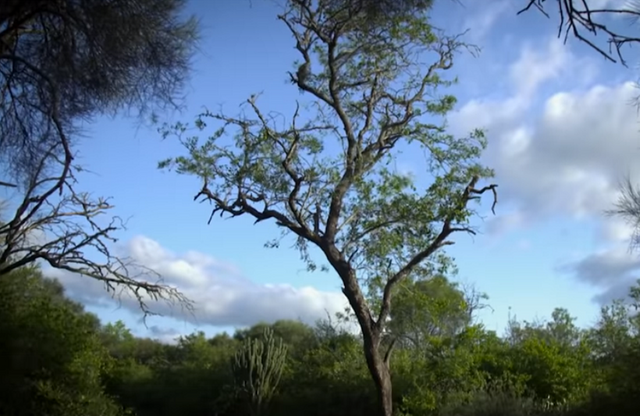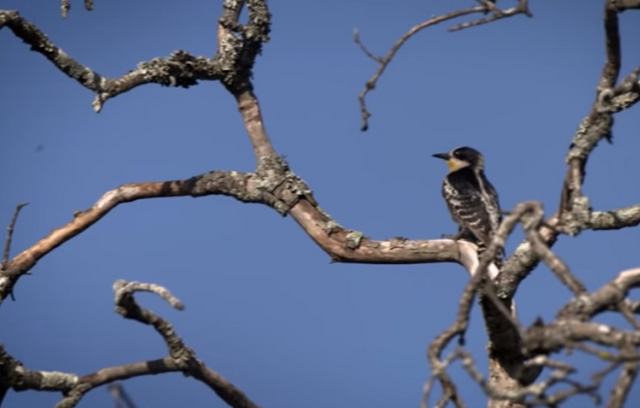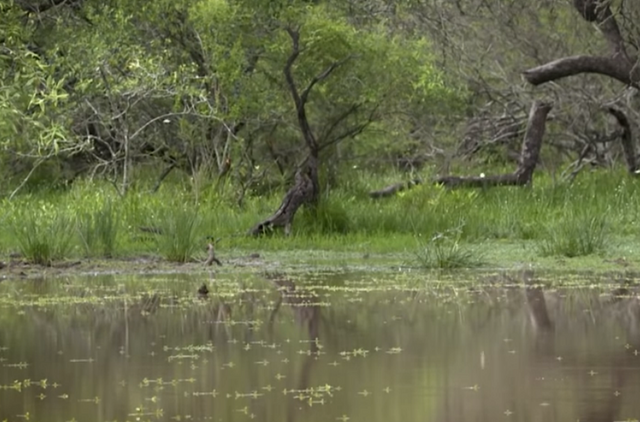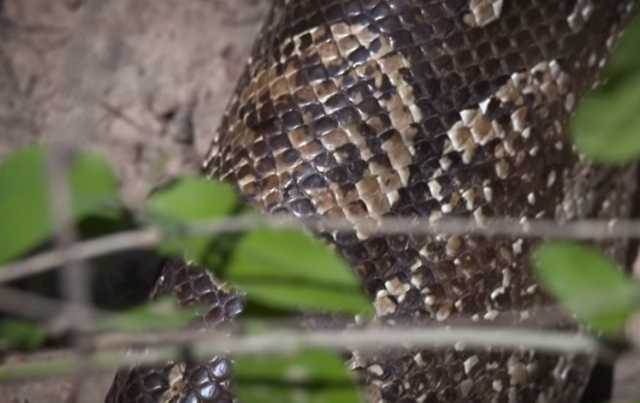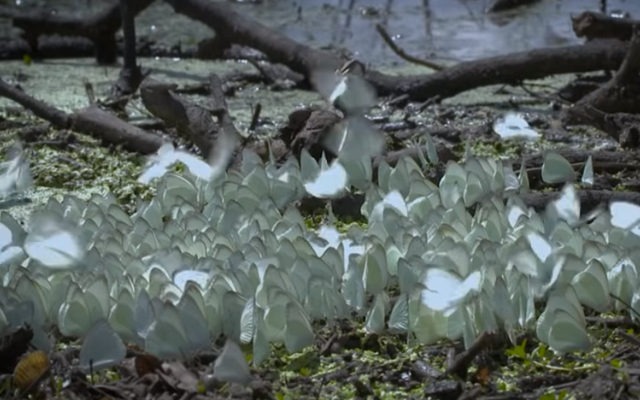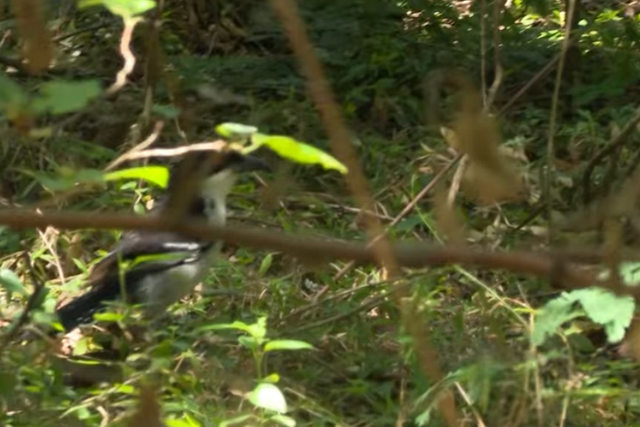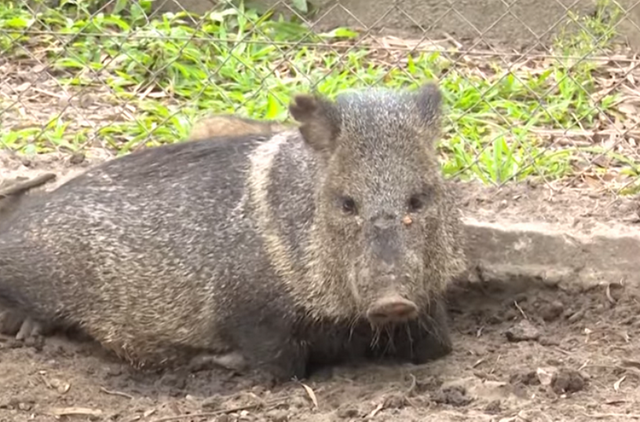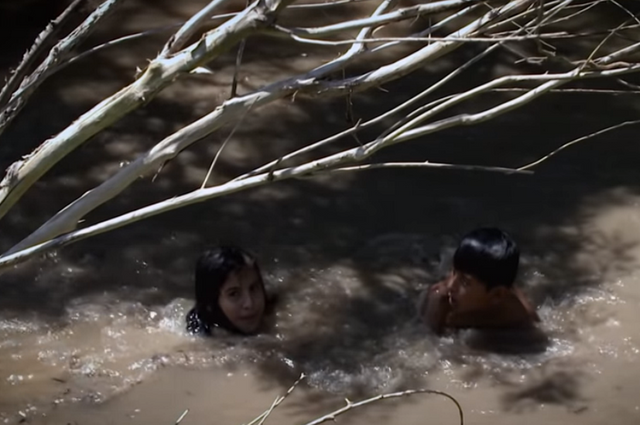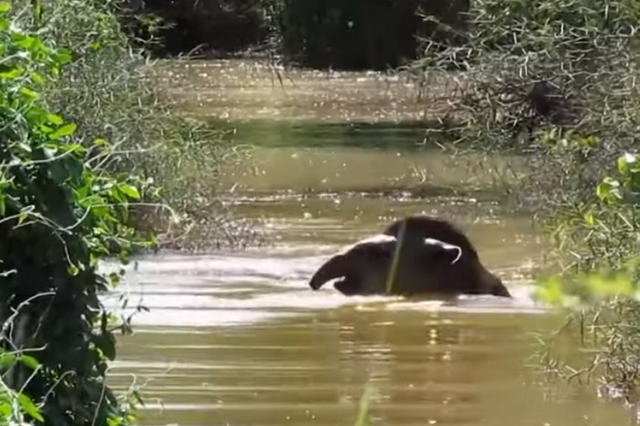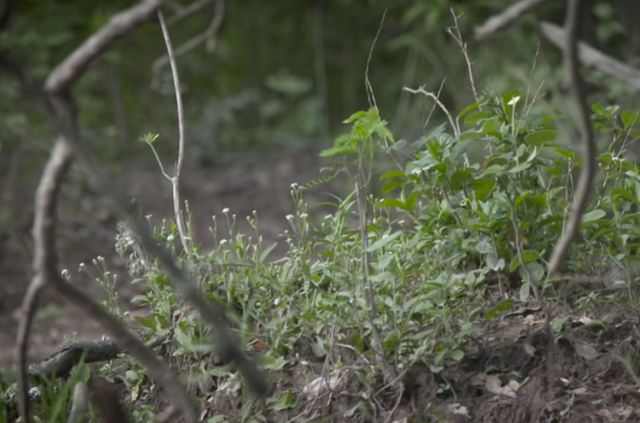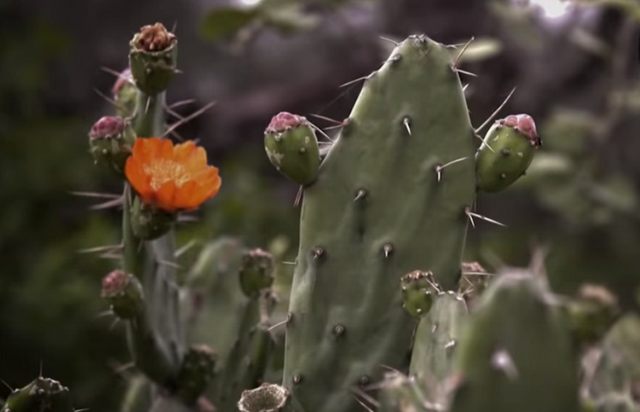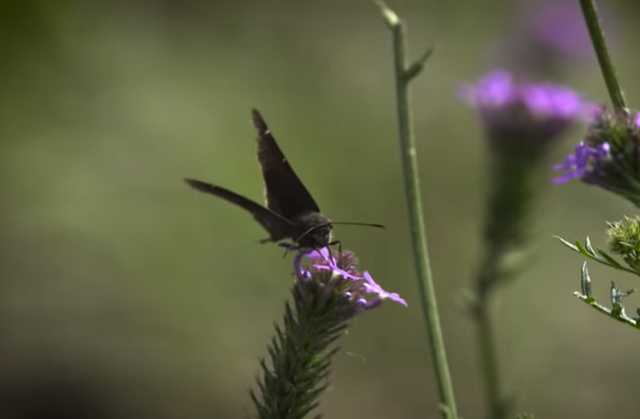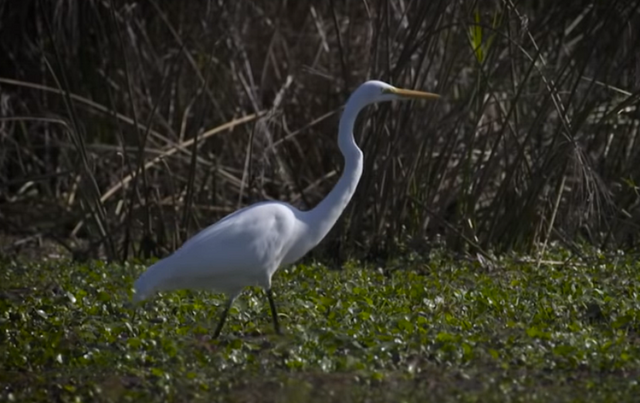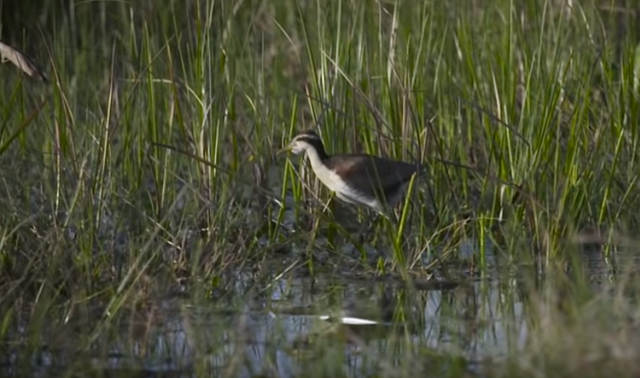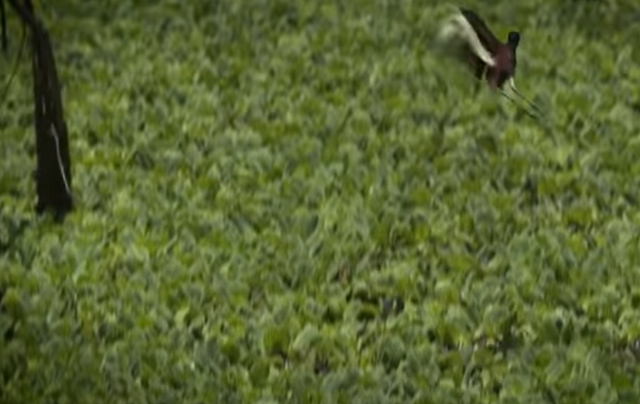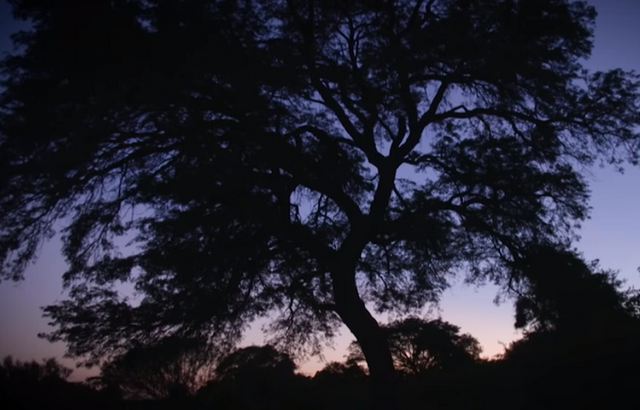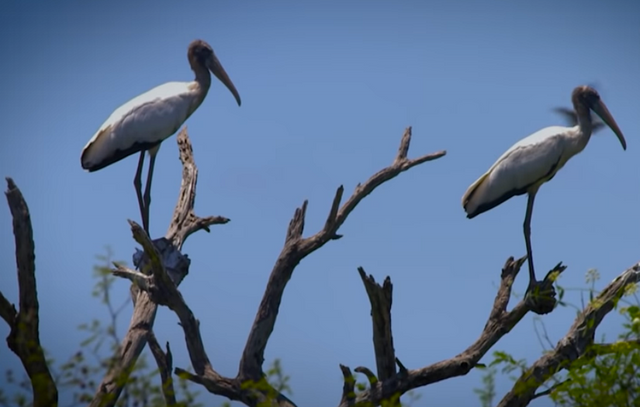-16.png)
Continuing with our tour through the National Parks of Argentina, today we stop to visit Los Cardones National Park in the province of Salta.
Salta is the province with the most national parks. We have already referred to the El Rey National Park enclosed by mountain ranges that gradually descend to the central valley, forming an immense amphitheater of singular beauty and to the Baritú National Parkdedicated to preserving a sector of Cloud Forest that has remained practically virgin due to its inaccessibility and its relief, since the rugged landscape made logging difficult.
Los Cardones National Park.
-cartel-bienvenida.png)
Its beautiful and high cardonal stands on the slopes of the hills.
They tell the legends of the ancient settlers, who are indigenous people who watch over the valleys and mountains in the presence of strangers.
Precisely these specimens of Cardones (Trichocereus pasacana), beautiful desert lookouts, give the National Park its name.
The cardon.
-8.png)
A route winds between cardons and amancay flowers. It is the path that anticipates the rugged simplicity of the Los Cardones National Park, in the Calchaquí Valleys.
There, erect cardons guard the roads of the ancient Inca Empire and the unique Enchanted Valley, which keep the vestiges of its rich past.
The predominant plant species in the area, and which gives its name to the park, has adult specimens that can reach 3 meters in length, between 250 and 300 years old.
They were in danger of extinction due to the irrational exploitation that was made of their wood, now the National Park Law protects them, since 1996, in this magnificent area that encompasses four different natural environments.
-flores-1.png)
Flora and fauna.
The flora and fauna show characteristics as unique and rugged as the landscape that shelters them. In addition to touring the desert beauty of the National Park along a route in good condition, you can take photographs, go hiking, hike and observe flora and fauna.
The cardons in their arid silence, impress with their firm bearing on the ground.
-13.png)
hey will always be there, to delight the view in a different landscape. Although its felling is prohibited, it is possible to have a souvenir of its wood, because the park guards collect the dried specimens and give them to the artisans in the area, so they can make real works of art.
A diverse and austere flora can be seen throughout the Los Cardones Park, distributed in four distinct environments.
The first environment of the reserve is that of the Puna, whose height of between 3500 and 4500 meters above sea level distinguishes it with almost zero humidity and temperatures that make it shiver with cold at night.
The typical species are tola, añagua, rica-rica, cortdera, muña-muña and grasses. In the prepuna the heights drop to 2200, here the churquis reign, forming small forests known as "El Churcal".
-6.png)
The third of the environments is the western forest, where the cardons abound, the jarillas -of great importance, since the cardons are born and grow under the protection of this shrub until reaching a suitable size- and the yellow flowers of the amancay, which onl.
They grow in rainy seasons and cluster at the foot of the slopes of the Tin Tin hill and the Quebrada de Cajoncillo. In more open and desert sectors are the typical breas and we challenge, which are bushes that do not exceed one meter in height, with green stems and yellow flowers.
-2.png)
Guanacos, red foxes, gray foxes, chinchillones, pumas, Andean pericotes and the small quirquinchos walk through the vast territory.
Owners of the desolately beautiful environment of Los Cardones, birds such as the Andean gull and the cardon woodpecker also live in this extensive region, but the first mention is taken by the condor, whose sighting at first sight provides pleasure and admiration.
Los Cardones with its clearly arid climate, with precipitations that do not exceed 200 millimeters a year and average temperatures of 11 ° in winter and 18 ° in summer, protect endangered species such as vicuña and taruca or huemul from the north.
-11.png)
They say that if you remain silent in the middle of the cardonal and wait for a few moments for the wind to blow, you can listen to music, or at least a piping sound like a deep, eternal whistle, which floods the space and reaches the sky.
Image galleries are not supported by your current frontend. View this post on TravelFeed.io for the full experience.
-2.png)
.png)
-3.png)
-7.png)
-6.png)
-8.png)
-11.png)
-5.png)
-10.png)
-13.png)
-12.png)
-15.png)










